Inviting Learners into Work That Matters
Key Points
-
We’ve found pockets of excellence in three dozen high school visits this spring.
-
Where we’ve spotted evidence of deeper learning (i.e., engagement, critical thinking, excellent public products) it’s been work that matters to the learner and their community– it’s relevant, purposeful, and consequential work.
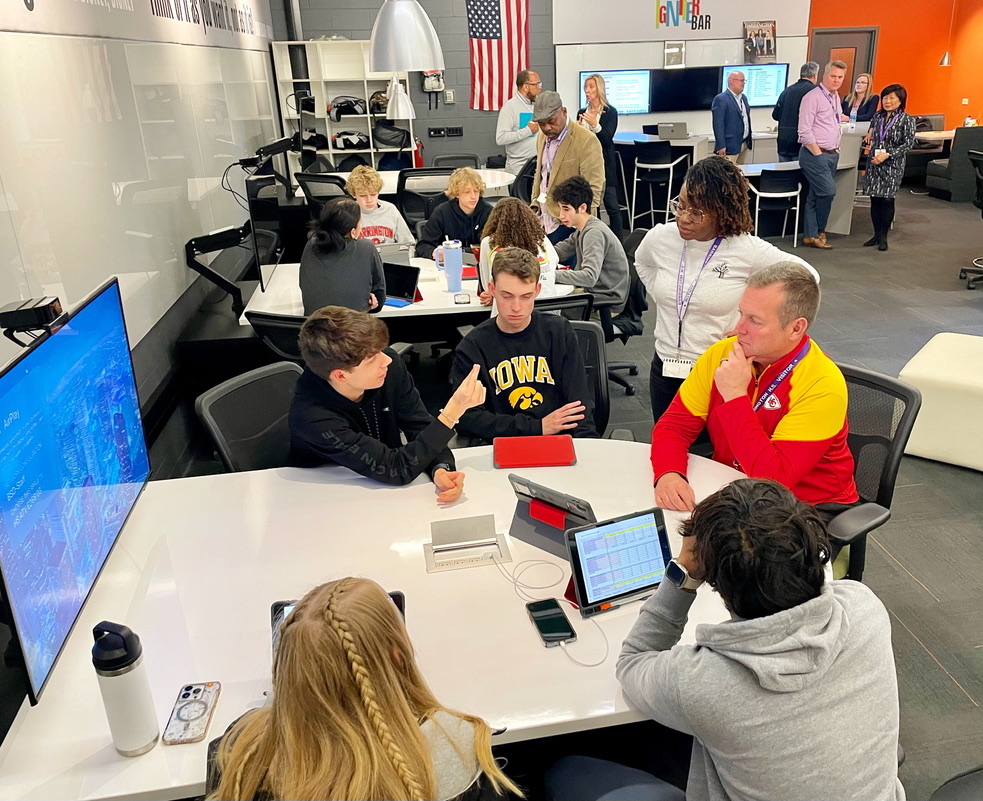
A few years ago, Dr. Jal Mehta, Harvard GSE, and Dr. Sarah Fine, High Tech High GSE went In Search of Deeper Learning. They didn’t find much, at least not at scale in big systems. They did find bright spots but it was usually individual teachers doing cool things often around the edges of big systems and in peripheral spaces.
Like Mehta and Fine, we’ve found pockets of excellence in three dozen high school visits this spring. And where we’ve spotted evidence of deeper learning (i.e., engagement, critical thinking, excellent public products) it’s been work that matters to the learner and their community– it’s relevant, purposeful, and consequential work.
Following are two dozen examples of work that matters in six categories (projects, public, place, purpose, pathways and possibilities).
Projects that Engage
High Tech High in San Diego is the granddaddy of project-based learning with the most interesting mashups particularly art infusions (see feature and podcast and Changing the Subject: Twenty Years of Projects from High Tech High).
Design Tech High in Redwood City arms freshmen with design thinking and prototyping skills so that, as seniors, they can complete engineering projects that benefit the community (see feature and podcast).
Iowa BIG in Cedar Rapids is a half-day option for juniors and seniors from three districts to conduct community-connected projects for core credit (see feature and podcast).
Purdue Polytechnic High School is best-in-class at client-connected projects. Students collaborate with fellow classmates, coaches and industry mentors to successfully complete projects that are designed by industry partners. These projects challenge students to dive deep into research, gather data, use design thinking to develop solutions, conduct trials, build prototypes and determine commercial viability. Examples are shown below. (See podcast.)
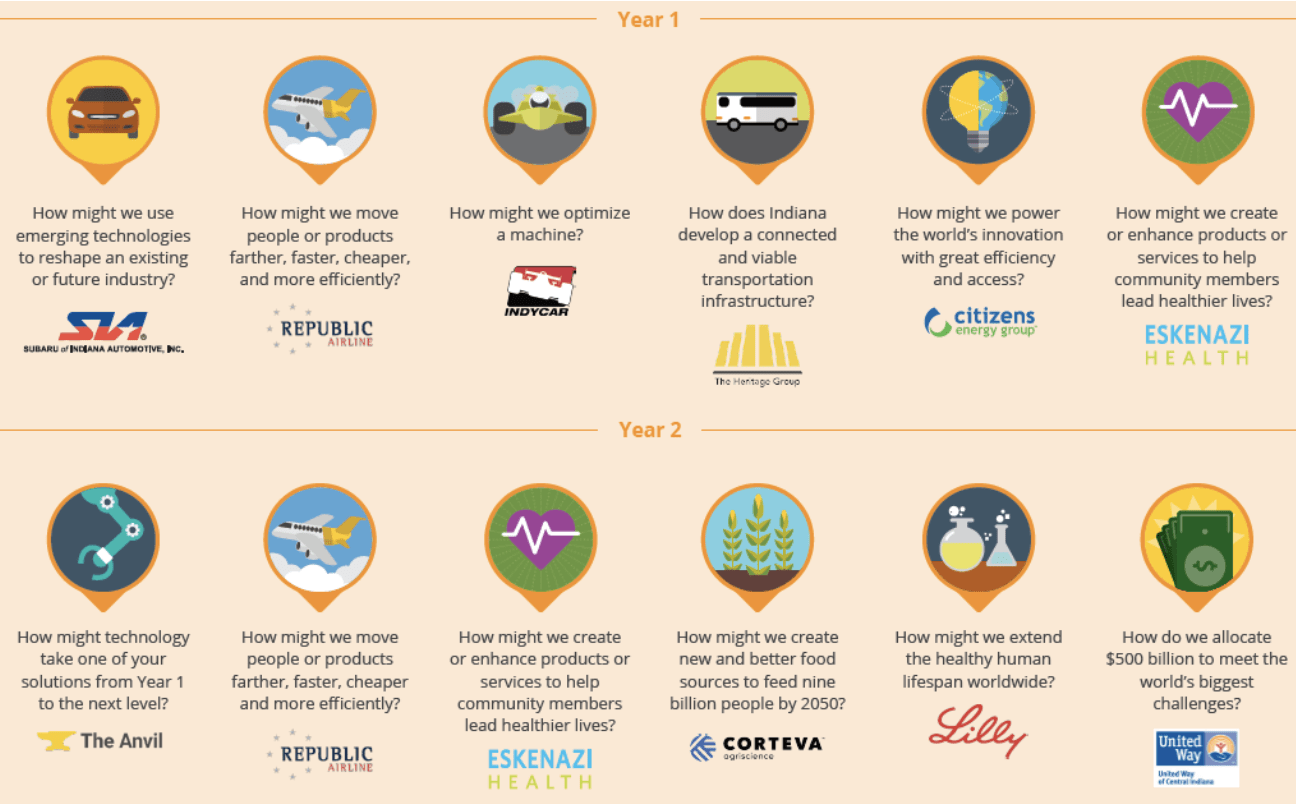
In the last three years of the Jeffco Open School in which each student demonstrates readiness to function as an adult by completing six passages. students work with their advisors to sequence, plan, and conduct passages.
- Adventure Passage: a personal quest–the mythical hero’s journey–that involves leaving the familiar, facing challenges, and experiencing success.
- Career Exploration Passage: explore a career related to interests, passions, talents, and experiences.
- Creativity Passage: explore a concept, develop a design, and carry out a process to
make a unique personal final product.
- Global Awareness Passage: the opportunity to see the world and help “create the world as it ought to be.”
- Logical Inquiry Passage: a mental challenge, following a process to discover an answer to a question or problem of personal relevance. The process includes framing and investigating a problem.
- Practical Skills Passage: develop a useful skill that will yield a product. It could include learning a second language, personal finance, or cooking.
Public Work
Palo Alto High School Media Arts is the biggest and best journalism program in the country with a dozen student-led publications including newspaper, online, broadcast, yearbook, arts/culture, video, and graphic design. Each of the Paly publications is a thriving brand with a sustainable business model. A journalism incubator engages student teams in developing new publications or reformatting old publications (see feature).
Real Work Learning in Kansas City engages 35 systems and over 80,000 students in client projects and entrepreneurial experiences each with a public audience or customer group. A Great example is the DRIVE projects in English 4 at Ray-Pec High. Students use design thinking to develop a solution and build competencies. Public presentations were held on April 19. (see RWL Case Study.)
At Green Mountain High in Jefferson County, Colorado seniors complete capstone projects “designed to showcase each student’s academic achievement, enduring knowledge, and unique talents.” In preparation for their public presentation, students develop a poster summarizing their work and it makes a cool capstone collage (below).
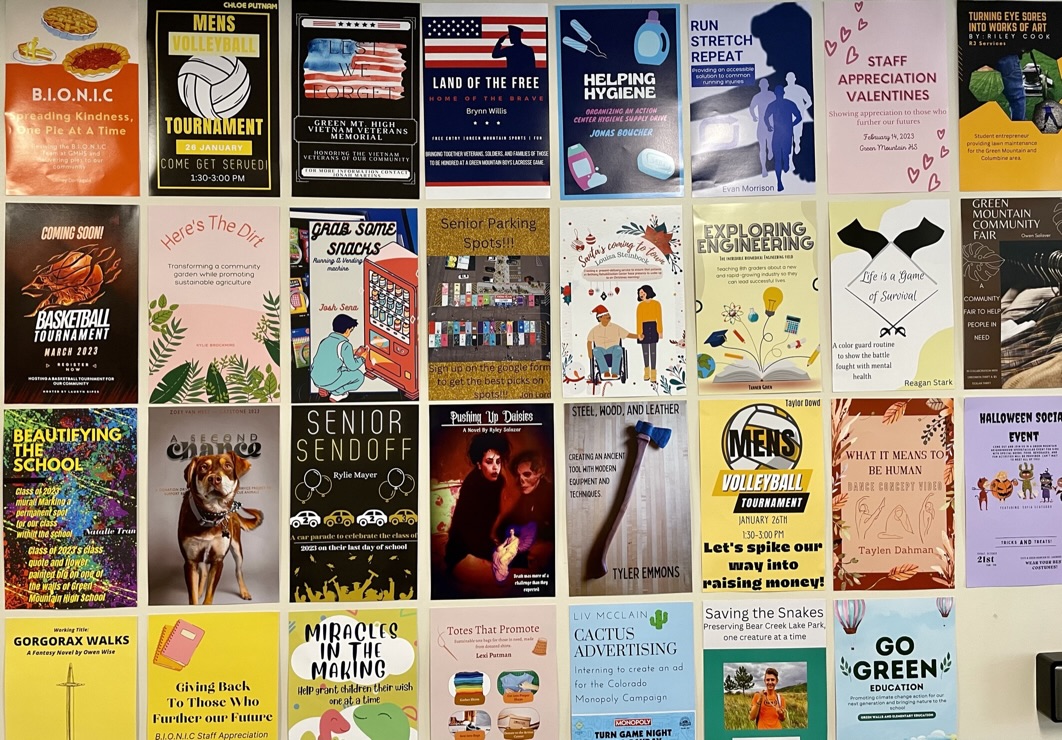
In St Vrain Valley Schools in Longmont, Colorado 200 robotics teams from 60 schools compete in public competitions. In June, SVVSD will host the world championships in underwater robotics
OK, we’re science fair geeks, we love how science fairs support student-driven deep dives and public products. Society for Science hosts the Regeneron International Science and Engineering Fair (ISEF) and Regeneron Science Talent Search (see June podcast and November podcast).
Last but not least in the public work category are powerful experiences in visual and performing arts culminating in public events. We saw great art classes, bands and choirs, and drama programs in Jeffco last month at Evergreen, Lakewood, Golden, Ralston Valley, and Standley Lake High Schools. (See podcast with the University of Arizona profs on why front and back-of-house roles in the performing arts are so valuable.)
Power of Place
Building on lessons from Teton Science Schools, there are a growing number of schools leveraging the power of place to personalize learning. (see Power of Place campaign and book)
Kearney School District north of Kansas City created Learning and Exploring through Nature and Science (LENS), a middle-grade microschool inspired by paleo-artist Gary Staab (that’s him supervising a fossil dig below).
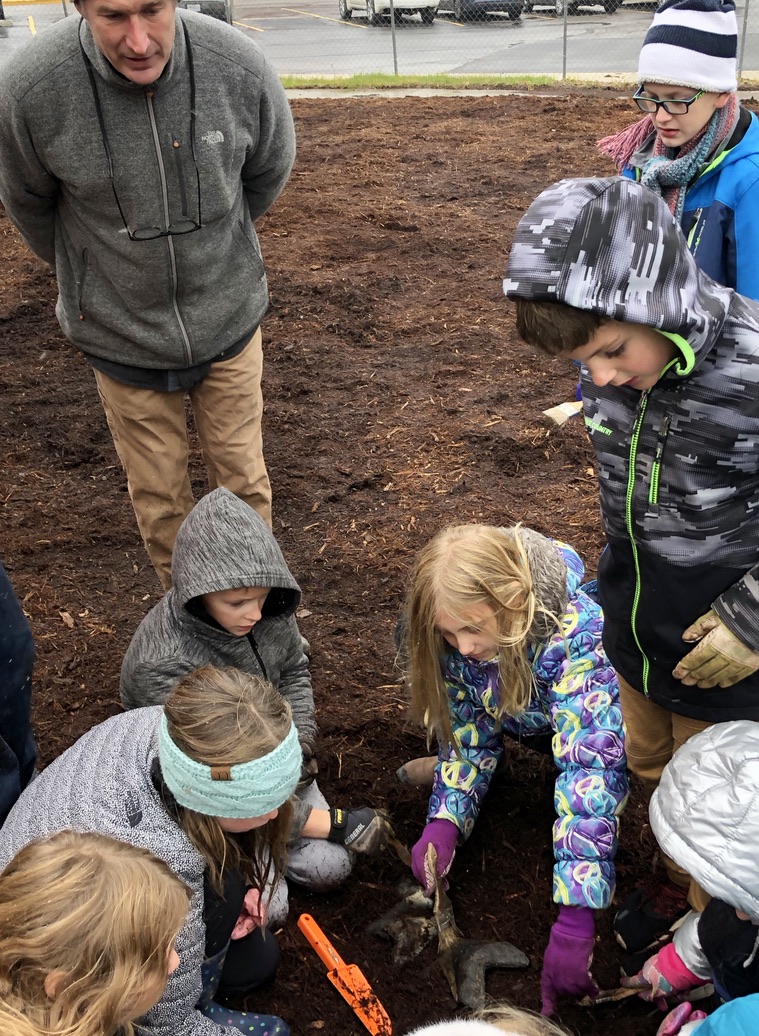
Crosstown High Project 901 is a freshman AP Geography/English block that combines local tours, problem finding, a research project, design thinking and a community impact project–a great example of work that matters because it brings voice, choice, and place into a core academic project.
Each year, teacher Rachel Bahr at The Academy of Science and Entrepreneurship invites her English 11 class to share their own sense of place in a project with a public product. The work is so compelling that it’s often shared by the local newspaper. ASE is one of 21 New Tech Network schools in Indiana committed to team-taught project-based learning.
Purpose
In diverse east San Diego County, Cajon Valley USD learners engage in 54 immersive career exploration units K-8. Each unit includes exploration, simulation, meet-a-pro, and practice. After each unit, learners reflect on their strengths, interests and values and how they lined up with the possible future. It’s the best example of systematic vocational identity development we’ve seen (see World of Work for more).
Thanks to the Cajon Valley team and sponsors for recently hosting the World of Work Summit (see recap). Delegations from Indiana, Arkansas, Colorado, and Pennsylvania described how the World of Work is Surging in their regions.
Blue Valley CAPS is a next-gen career center south of Kansas City where learners engage in purposeful professions-based learning. Through courses, projects, internships, and entrepreneurial experiences learners try on possible futures. On my last visit, right inside the front door, I met a young man building a mobile app business next to three students building an airplane (below).
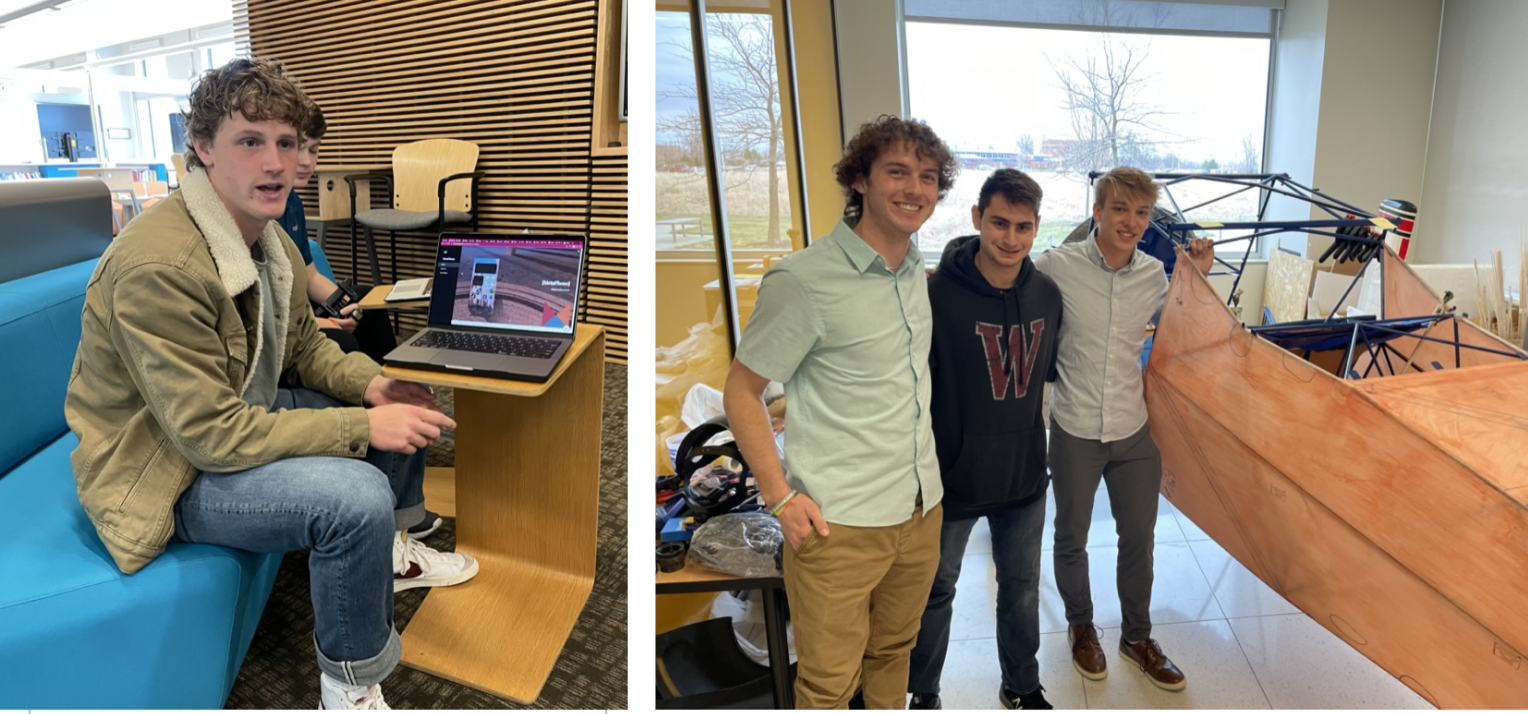
Professions-based learning is catching on, there are 100 member sites (representing 200 school districts) in the CAPS Network. The network was just recognized by HundrED as a global innovation.
Pathways to Opportunity
Illinois’ District 214 is known for helping every learner find or create a pathway to opportunity. The D214 Center for Career Discovery engages with more than 1,000 industry partners to support more than 2,500 student work-based learning and career exploration opportunities annually. Each of the six comprehensive high schools supports strong community-connected pathways including the Advanced Manufacturing Lab at Elk Grove High School (below).
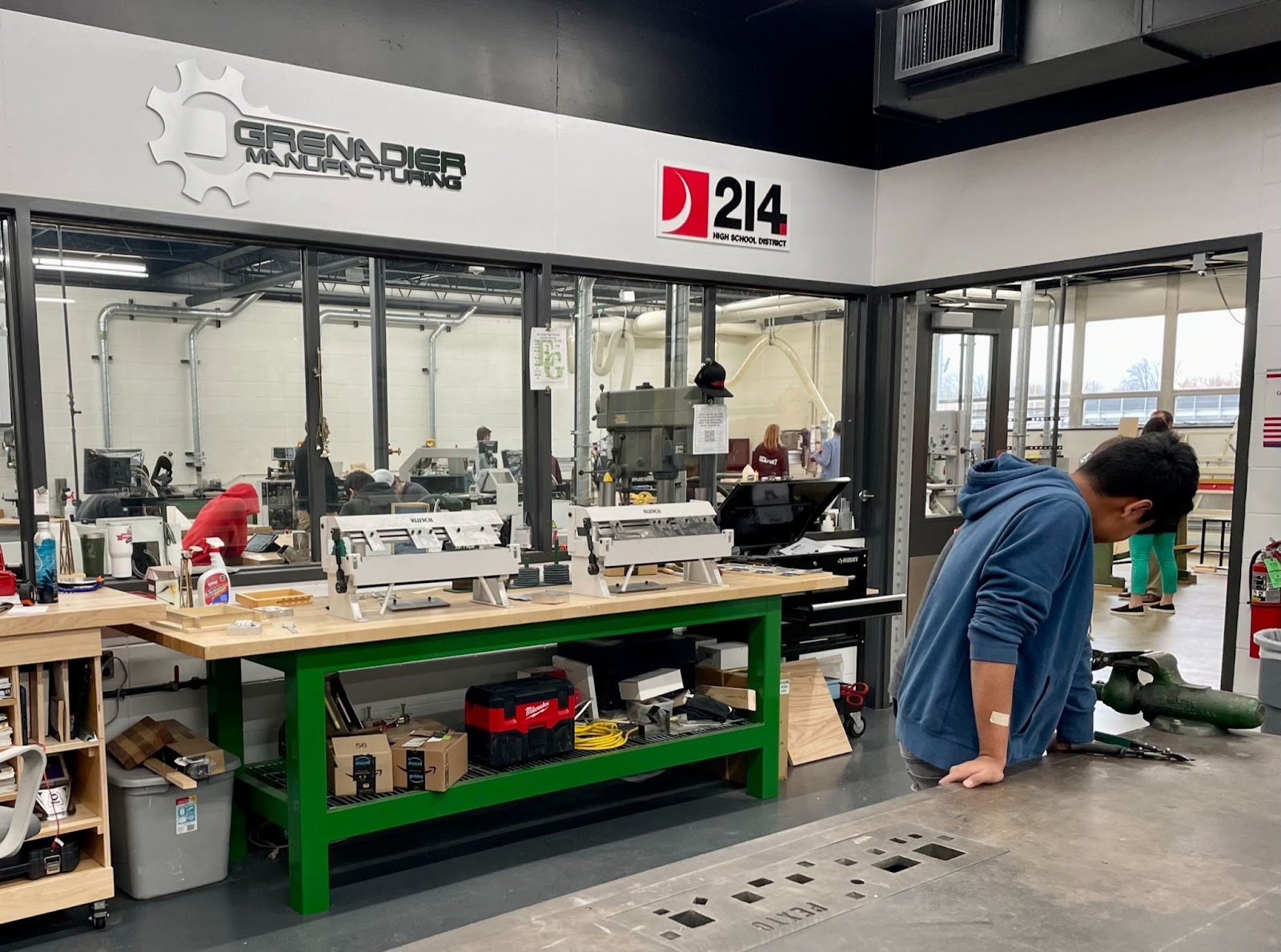
On a recent visit to D214, we observed a high degree of student engagement and a sense that students were doing work that mattered in part because they had played an active role in pathway selection/shaping.
Indiana Graduates Prepared to Succeed (GPS) is a framework that emerged from a statewide dialog in 2021. It yielded five priority skills and multiple Graduation Pathways. The Indiana class of 2023 will be the first to individualize their graduation requirements to align with their future goals of employment, enrollment, or enlistment leading to service. We think GPS will lead to more Indiana youth doing work that matters to them and their postsecondary plans.
Indiana certifies schools with STEM pathways including inquiry, project-based learning, community engagement, entrepreneurship, student-centered classrooms, integration into humanities and related arts and out-of-school STEM activities. The Metropolitan School District of Lawrence Township (Indianapolis) is all in on STEM pathways for all learners. They use PLTW Launch as the core STEM K-6 curriculum and extend it to their JumpStart summer program.
Alive with Possibility
Schools are alive with possibility value and develop an entrepreneurial mindset. In Difference Making we described dozens of schools, programs and colleges that encourage (as the KEEN network says) opportunity recognition, solution design and impact delivery (see feature).
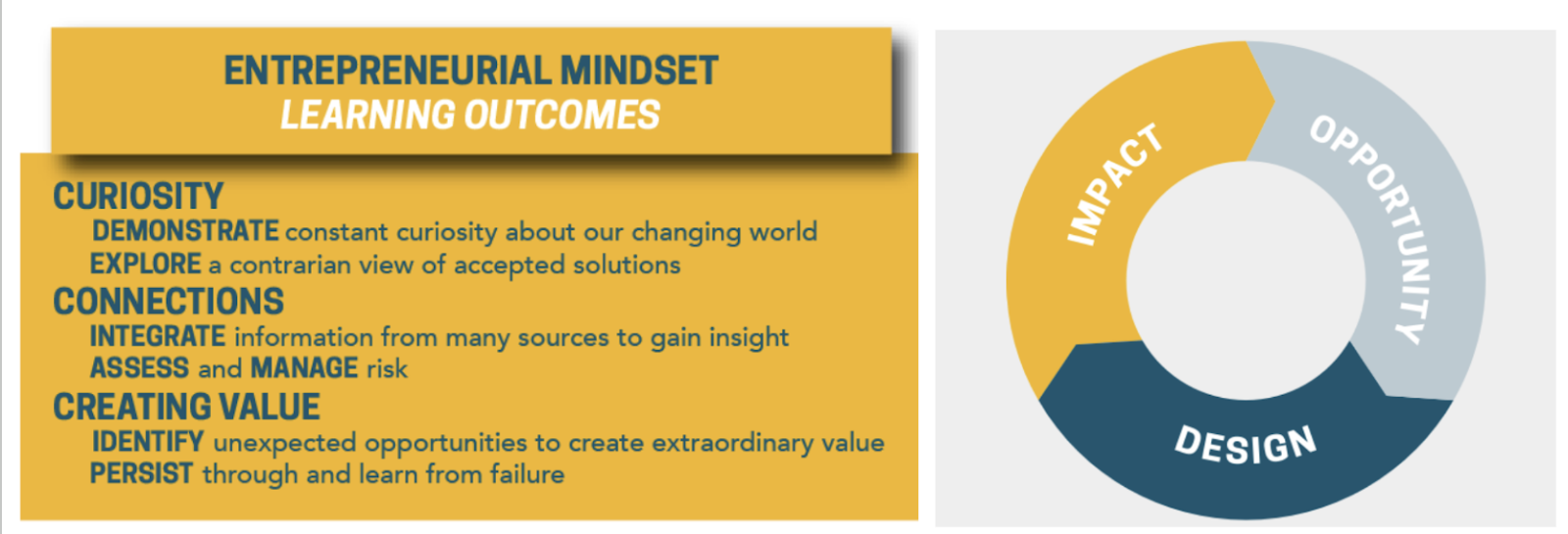
We recently visited Barrington High in suburban Chicago (featured image) and observed
INCubatoredu an entrepreneurship course from Uncharted Learning. The course was piloted at Barrington 10 years ago and it’s now used in more than 300 schools and has allowed 100,000 students to experience entrepreneurship.
And, speaking of Indiana, the biggest and best high school pitch competition in the country is Innovate withIN from StartEdUp which “empowers a generation of leaders with an ‘opportunities are everywhere’ mindset, fueling innovation and hope for our communities, country and world.”
Conclusions
Students and families want more engagement. In a variety of ways, they are asking for more work that matters.
A recent Populace study showed less interest in college as the goal of high school and more interest in developing practical skills. The study suggests “Better” is no longer the goal — “Different” is an individualized education is the future, one-size-fits-all is the past.
Recent research by American Student Assistance suggests that nearly seven in 10 high school students feel they would have benefited from more career exploration in middle or high school. Two-thirds of them believe that success is having a job aligned with their passion and, for most, that’s a career that helps others and connects with social causes. Almost half of Gen Z respondents would prefer to be an entrepreneur (a huge increase from pre-pandemic levels).
Inviting learners into work that matters (projects, public, place, purpose, pathways and possibilities) requires giving up some control, making space, and at least periodically inviting co-authored learning experiences. It means valuing broader definitions of success, developing b broader dashboards of success metrics, and equipping learners to describe their growth and capabilities (see Credentialing for All).



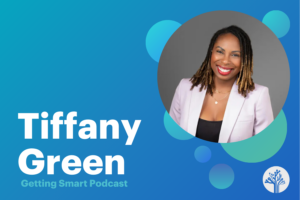
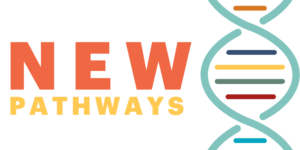
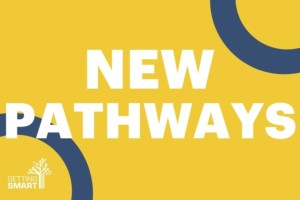
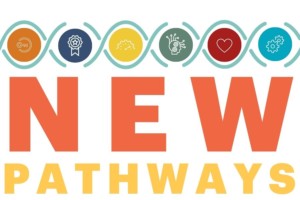
Tom Vander Ark
“Far and away the best prize that life offers is the chance to work hard at work worth doing.” – Theodore Roosevelt